Thinking of planning a RTW trip and adding Cuba to the itinerary? Don’t know where to start? Sign up today for Plan Your RTW Trip in 30 Days and start receiving email lesson plans tomorrow – it’s free! You’ll be on the road before you know it!
![]()
Mention Cuba and thoughts immediately go to Fidel Castro, his brother Raul, the Argentine revolutionary Che Guevera, socialism, embargos, and life behind a dictatorial curtain.
Mention traveling to Cuba and it invokes a long lost era, with gangsters and American movie stars, elegantly dressed at a casino, heading to a music club, or driving around in classic American automobiles.
When in Cuba, it becomes clear how both of these images are still in the minds of many people, and to some extent it remains a reality, making it an intriguing place to visit. Cuba conjures up images of cigars, rum, and music, and all of it is within reach.
Although there are bargains to be found, traveling in and around Cuba is not cheap. It is not a budget destination in the traditional sense. Accommodations can be reasonable to expensive, transportation can be cheap to reasonable, and you can eat for pennies for a subsistence diet, or splurge on a Cubano sandwich, lobster, and more.
Going as bare bones as possible, it may be possible to travel around Cuba on $35 to $40 per day. Due to the uniqueness of Cuba as a tourist destination, it is more likely a budget trip will cost from $70 to $80 a day. It is very easy, though, to blow through $150 to $200 a day, if that is your speed. There’s an option for everything in between.
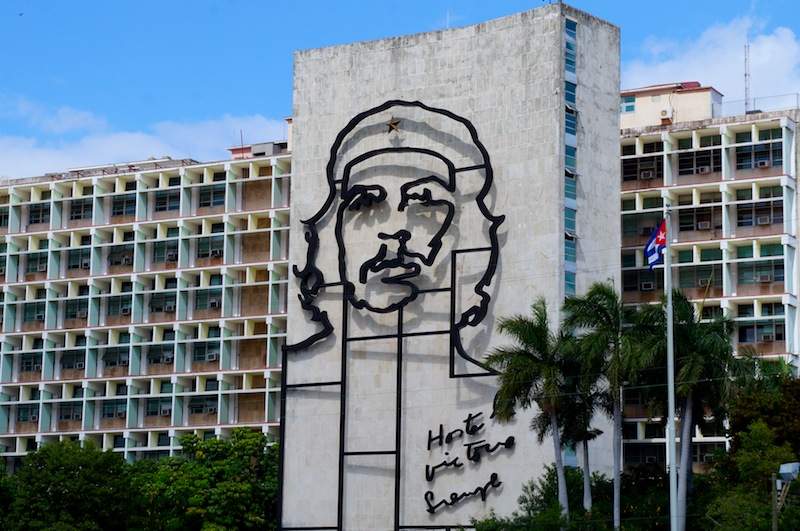
Based on personal experience and research, $75 per person, per day seems reasonable. It allows for a private room in a casa particular, rather than a hotel, allows for two meals a day at budget or tourist restaurants (breakfast is generally included in your accommodation) with a few cocktails, and assumes tourist buses between the major destinations as well as a few taxis within the cities. It allows for several activities, including listening to music at some cheap locales, hitting a few museums, taking a salsa lesson, and catching a baseball game. It also includes the required tourist card and exit tax.
Street food is not as prevalent in Cuba as in other countries, such as Southeast Asia or Latin America. Although available, and extremely cheap, street food is of a limited variety, and only the most budget conscious traveler can survive on the grub. Traditional grocery stores do not exist, as most local Cubans buy from ration shops, and accommodations do not have kitchens, making self-cooking nearly impossible. That said, decent meals at tourist restaurants can be found within this budget. The budget also allows for some local beers, occasional mojitos, and the famed Cuba Libre. Rum is definitely within any budget, and a bottle at a store can cost as little as $4.
[social]
Costs of activities can vary depending on how active a traveler you are. Museums ($5), horseback riding ($15), snorkeling ($12-$15), salsa lessons ($5-$10), a ride in a mint condition, classic American car ($$$) . . . everything is available, at a price. A night at the infamous Buena Vista Social Club can set you back $75, but a bar or restaurant with less famous musicians might cost only a few bucks, or some tips to the musicians. There is a free performance on Callejon de Hamel every Sunday afternoon, just beware of scams aimed at tourists. A baseball game costs as little as $3, problem is finding out the schedule – no one really seems to know, despite the fascination with the game.
Currency particularities

Cuba is a cash based society. ATMs are rare and will not accept US based cards even if you can find them. No credit cards are accepted, other than at a few high-end hotels (US based cards not accepted regardless). You must bring enough cash for your trip with you when you enter the country.
To make things more complicated, Cuba is a dual currency country. The locals use the Cuban peso (CUP), which is also known as moneda nacional. Foreigners can exchange Euros, Canadian Dollars, and US Dollars (at a premium) into Cuban convertible peso (CUC). Most prices seen by foreigners will be listed in CUC, which is roughly equivalent to USD $1, but there is a 18% surcharge to exchange US dollars, making the exchange rate closer to 1 CUC for about USD $.82. The exchange rate for Euros and Canadian Dollars is only 10%. Still with me?
1 CUP is equivalent to less than a nickel. When items are priced is CUP, you can tell. A meal might be listed as 50 CUP, or less than $2. If a dish is quoted in CUC, it usually is 4 or 5 CUC. You cannot exchange CUP for US dollars. You can exchange US Dollars to CUC, and then some CUC to CUP. Carrying a few dollars worth of CUP is handy for purchasing cheap street food, but won’t get you much else. Most Cubans wont accept CUP from foreigners, or won’t appreciate it if you try to pay them with it. They consider CUP virtually worthless.
To make everything a little more complicated, locally, both currencies are referred to as pesos. Unless otherwise stated, this article references prices in USD. It is safest to exchange money at an official casa de cambio, or change house, which may involve waiting in line. Bring your passport to make the exchange. Welcome to Cuba.
Transportation
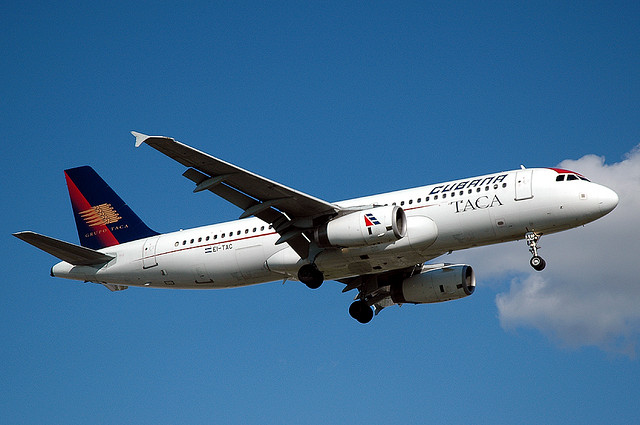
Getting in
You can enter Cuba only one way – fly. In Cuba’s hey day, it was possible to cruise to Cuba from Florida or elsewhere in the Caribbean, but today flights are your only option. Although it is possible to fly into other airports, chances are you will arrive at Havana’s Jose Marti International Airport. Taxis to the city run about $25.
Cuba’s national airline is Cubana, with flights to Mexico, the Caribbean, and Latin America, as well as Canada, Madrid, and Moscow. Numerous non-American airlines fly to Cuba from throughout the Americas and Europe, including Air Canada, Air France, Copa, TACA, and Virgin Atlantic. One of the most common jumping off points for Cuba is the quick flight from Cancun, Mexico on Cubana or AeroMexico. It is possible to book a charter flight from the US to Havana.
Although several international airports exist outside of Havana, including Cienfuegos and Santiago de Cuba, flights are limited, and there may not be a domestic connection.
Passport peculiarities
In addition to currency particularities, Cuba is unique with respect to passports. No visa is required for most tourists, however a tourist card is required to enter. Generally, the card can be purchased with your airplane ticket, or at the ticket counter when checking in for your flight. It is also possible to obtain a tourist card from a travel agency. The card costs about $25. Due to travel restrictions to Cuba, the tourist card is stamped instead of the passport, although it might be possible to request a passport stamp (not recommended for US citizens).
When entering the country, be sure to know where you are staying while there, at least for the first night. You may be questioned, particularly as an American, as to what you are doing in Cuba, what your profession is, and where you are staying for every night of your trip. If you do not know, just tell them “casa particulares,” or make something up.
A cash departure tax is also required to leave the country of CUC$25. The departure tax must be paid in CUC, although there is a casa de cambio, or money changer, next to the tax collector at the airport.
Getting around
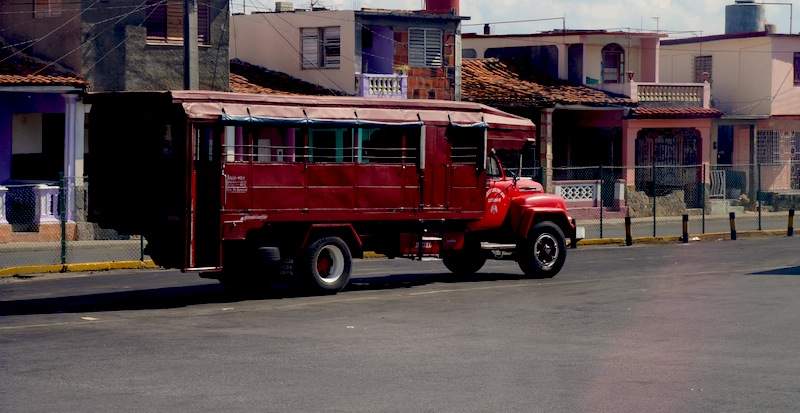
- Bus: Viazul is the primary tourist bus company, offering fairly direct and air-conditioned buses to many towns of interest. A bus from Havana to Vinales takes about 3 hours. Cienfuegos is about 5 hours. Bus reservations are recommended, at least a day in advance, although popular routes also have waiting lists for last minute travel. Local buses can be found within the cities and are a cheap option to taxis.
- Train: Train travel in Cuba is slow and unpredictable, with trains often cancelled. But they can be used to travel some routes, including Havana to Santiago de Cuba, or Santa Clara.
- Air: Cubana and Aerocaribbean offer domestic flights between several cities, including Havana and Santiago de Cuba. There are stories of many travelers feeling less than safe on Cubana’s domestic flights. Beware if you are afraid of flying. Flights are often delayed.
- Car: Although it is possible to rent a car, it comes with a headache at no extra charge. Cars are in short supply, reservations are often ignored, the condition of the car can be questionable, and the cost is fairly expensive. Once out on the road though, particularly if you drive out of Havana, traffic is non-existent.
- Taxis: Taxis can be old Soviet-era, rusted out cars, fancy, classic American automobiles, or the ubiquitous “Coco Taxi” in Havana. Most have a meter, but some may be priced on negotiation.
Transportation costs
Viazul bus trips from Havana to other cities, and between secondary cities, range from $15-$20 one way. Although local buses are significantly cheaper, sometimes the buses are nothing more than trucks with a cattle car in the back, standing room only. Prices can be as little as $1-2 for the more adventurous for shorter distances. Prices increase for longer distances, but direct buses are hard to find. There may be restrictions on foreigners traveling via local bus, leaving Viazul as the only option.
Train prices may be less than half of a tourist bus, but may take up to twice as long, if they run at all. Rental cars can range from a pricey $50 per day and up.
Domestic air transportation can range from $100-$150 one way, depending on the length of the trip.
Accommodation
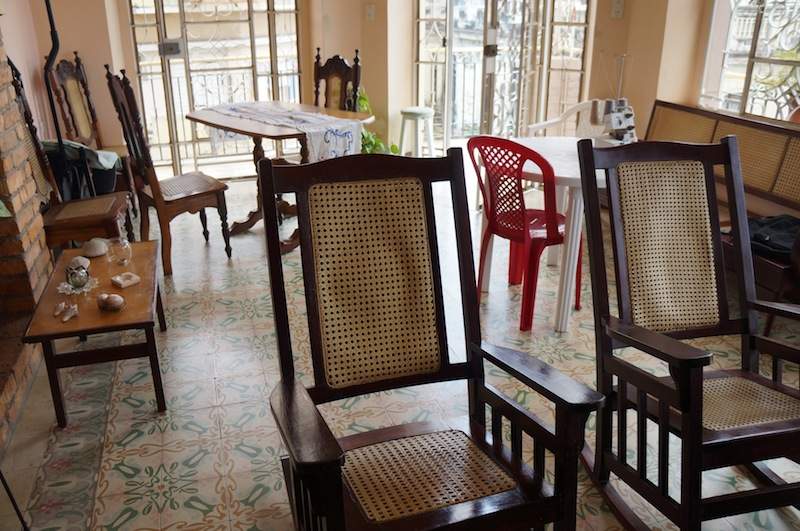
- Hotels can range from $75 a night to upwards of $200 for a nice room at the Hotel Nacional, a historic landmark. There are no Marriotts in Cuba – the long-standing embargo prevents US companies from entering the country. A few European chains like Iberostar and Melia have hotels in Havana. Outside of the chains, hotels are of varying quality – expect dated décor and shabby interiors despite the high price.
- Casa Particular is the Spanish phrase for a private home, or a homestay. A room in a casa particular will most likely come with breakfast and cost about $25-$30 a night for two people. The houses are dated, seeming to be stuck in the fifties, but generally well maintained. Along with your meal, you may receive some super interesting conversation about Cuba, its history, and field questions about your home country. You often feel like you are living in a person’s home, more than a guesthouse – meeting children and pets, and listening to local radio or the TV.
- Hostels are quite rare in Cuba. Although there are a few in Havana, the casa particular is more prevalent in the rest of the country. Where available, dorm beds cost about $10-$12 a bed, but may not come with breakfast. Most do not have kitchens.
- Couchsurfing is non-existent in Cuba as it is illegal for Cuban households to allow friends to stay with them, and if they do they need to register the visitor. Visitors are allowed only twice a year, so it is not a viable option for budget travelers in Cuba. There is some web traffic about people using Couchsurfing, but beware that you and the host are breaking the law.
Food
- Less than $5 – It may be possible to score a day of eats for less than $5, starting with breakfast at a casa particular, included in the price of the room. For lunch and dinner hit a local pizza or sandwich stand. They have a limited menu, priced in CUP, and are dirt cheap – less than $1 for a pizza, and sometimes as little as $.35. But the pizza is not like that in Italy, or New York City, or even Des Moines. It is not all that tasty (sometimes undercooked, often salty), but gets the job done. Similarly, it is pretty easy to find a ham sandwich for less than $1, but expect a piece of ham on a slice of bread, maybe toasted. The pizzas and sandwiches are sold predominantly to locals, which accounts for the price and the quality.
- Between $15 and $20 – At more tourist focused restaurants or other establishments with sit down dining, it is possible to find grilled meat, rice, beans, and a salad for between $5 and $7 a plate. A mojito, Cuba libre, or beer at dinner will add on about $2-$3 a glass. A sit down lunch with a soda followed by a sit down dinner with a cocktail or beer would come to less than $20 a day.
- Over $25 – There are few fine dining establishments in Cuba, as defined in America or Europe. More interesting establishments, with multiple course meals are available for over $25, or a lot more than that at Hotel Nacional.
Highlights
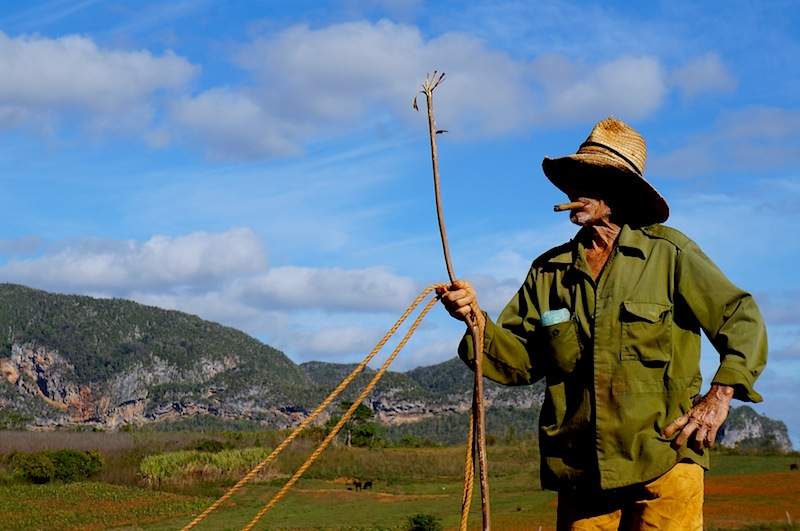
- The capital, Havana, is an obvious must see. Walking the Malecon with the locals at sunset, wandering through Old Town to view the four main squares, or sipping a mojito at Hotel Nacional, there is enough to keep a person occupied for a few days. Check out the Real de Fabrica de Tobacos Partagas to get an idea of how they make world famous Cuban cigars. The Communist propaganda at the Museo de la Revolucion is a must see. You can also trace Hemingway through the city, drinking where he did, but be forewarned, the drinks will be pricey.
- Trinidad, the most well preserved colonial city, is a UNESCO World Heritage Site. It is most known for the practice of Santeria, an Afro-Caribbean religion, similar to Voodoo. Its red rooftops and brightly painted houses probably give the strongest impression of a Caribbean vibe. The historic center can be toured in a few hours, by foot or by horse-drawn carriage.
- Cienfuegos, a UNESCO World Heritage Site, shares its name with Cuba’s “other” revolutionary, the lesser-known Camilo Cienfuegos. In addition to its setting along the Caribbean Sea, it retains stunning colonial architecture, and is known as the Pearl of the South. It is also a popular spot due to the Che Guevera mausoleum and museum.
- Veradero is the place to go for a beach vacation. High rise hotels and all-inclusive resorts are the norm, with a side of snorkeling and water activities. Note – you are swimming in the Atlantic, not the Caribbean Sea, so it might feel more like Miami than Aruba.
- Vinales, a traditional farming community, is famous for its limestone pin-cushion hills. Although tourists abound in the small town, it is a great spot for a walking tour of the countryside, to see ox drawn plows and tobacco farming.
- Maria La Gorda is the go-to destination for diving in Cuba, but offers little else. It is a national park with one hotel. Dining options are limited (the hotel has a restaurant, café, and buffet), and of poor quality. But if you want to dive, or hang on a deserted beach, it’s a good spot, even if entirely isolated on the southwest end of the island.
Off the beaten path
Unlike other Caribbean countries, and unlike other tropical locales like Southeast Asia, the tourist path is not well trodden here. Vinales will seem like a tourist centered town, because it is, with perfectly painted pink and blue houses. Parts of Old Town Havana appear to be created by Walt Disney. But note that there is little to no advertising, and no billboards, outside of political propaganda.
Havana has some neighborhoods that seem dodgy on their face – with run down buildings and people pouring from their steamy homes into the streets for fresh air. Most buildings in Havana, and elsewhere in Cuba, seem derelict and may give the impression of an unsafe neighborhood. But the state of the architecture is more a symbol of the political conditions in the country than anything else. Havana, generally, is a safe city where normal tourist precautions are necessary. But wander around long enough and parts of Havana will open up to you – you will be the only one enjoying a mojito in a local bar.
The further east you head from Havana, the better to get lost with the locals. Making a trip to the east coast of Cuba, to Baracoa, will reward the indie traveler even more. Getting there is half the adventure.
For more on traveling to Cuba, read:
- Ten Places You Can Drink Like Your Favorite Writer
- 10 Difficult to Visit Places and How to Get There
- Top 10 Destinations for Indie Travelers in 2012
Photo credits: Mauropm, caribb, all other photos courtesy of the author and may not be used without permission.
